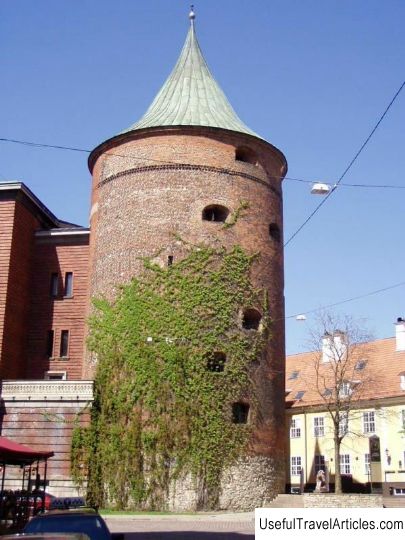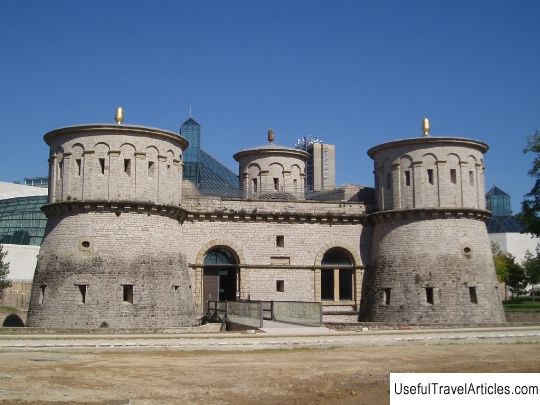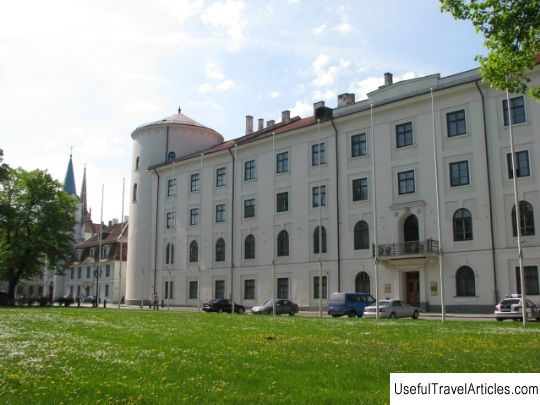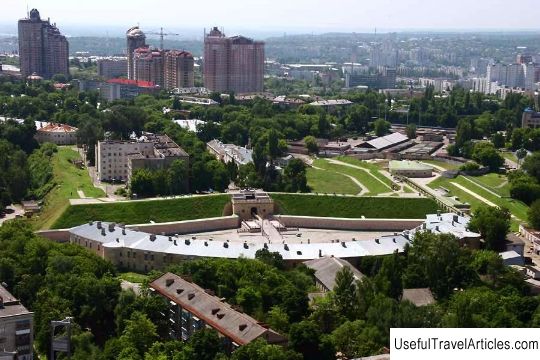Daugavgriva fortress (Daugavgrivas cietoksnis) description and photos - Latvia: Riga
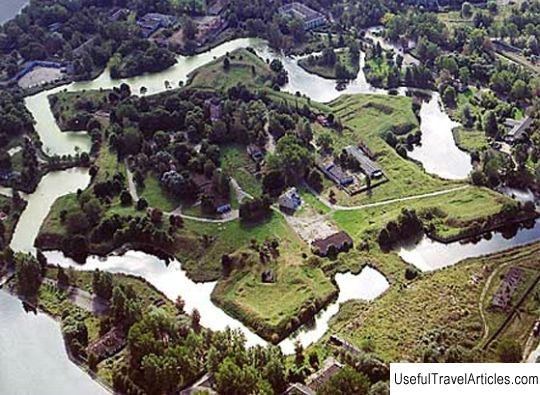
Daugavgriva fortress (Daugavgrivas cietoksnis) description and photo - Latvia: Riga. Detailed information about the attraction. Description, photographs and a map showing the nearest significant objects. The name in English is Daugavgrivas cietoksnis. Photo and descriptionThe Daugavgriva fortress is located in Riga at the mouth of the Western Dvina (Daugava). The history of the fortress goes back more than 4 centuries. During the Swedish-Polish war (early 17th century), the Swedes built the first fortifications here. The fortification, built in 1608, resembled a star in its configuration. Throughout the 17th century, the Swedes fortified and rebuilt fortifications. In 1710, the fortification consisted of six fortifications with water ditches, stone escarpments and covered passages. The fortress housed barracks and powder magazines. After the end of the Northern War (1700-1721), the fortress was expanded and rebuilt several times. A settlement was formed near the Daugavgriva fortress. In those days, the fortress was used as a prison in the Russian Empire. So. For example, the deposed Emperor Ivan IV and his parents were imprisoned here. During the reign of Empress Catherine II, a powerful fortress was built, adapted for the military equipment of that time. At that time, the Daugavgriva fortress was one of the most powerful Russian fortresses. Starting in 1860, the fortress became known as Dyunamunde, and in 1893 it was renamed Ust-Dvinsk. In the middle of the 19th century, a telegraph line was brought to the fortress, which was the first not only in Russia, but also in the whole of northeastern Europe. A large winter port was built between the fortress and the sea, at one time, in it Dozens and even hundreds of sailing ships “wintered”. Towards the end of the 18th century, a breakwater was built. In 1863, a cast-iron lighthouse was erected, the height of which was just over 30 meters. During the First World War, the lighthouse was blown up, a new one was built in 1921, its height was 33.5 meters. In 1873, a railway was laid up to the fortress, connecting the Riga station and the winter port. In 1904, the fortress was rebuilt again, in the period from 1914 to 1916. carried out a significant strengthening of the fortress, and, mainly, fortifications aimed at the sea. In early September 1917, Russian troops left the fortress, which after that passed from hand to hand. During the period of independence of Latvia, an army camp was located in the Daugavgriva fortress; during the Soviet era, there was a secret military facility here. In post-Soviet times, despite the fact that the fortress belonged to the Latvian army, commercial firms operated here. In 1873, a railway was laid up to the fortress, connecting the Riga station and the winter port.In 1904, the fortress was rebuilt again, in the period from 1914 to 1916. carried out a significant strengthening of the fortress, and, mainly, fortifications aimed at the sea. In early September 1917, Russian troops left the fortress, which after that passed from hand to hand. During the period of Latvia's independence, an army camp was located in the Daugavgriva fortress; during the Soviet era, there was a secret military facility here. In the post-Soviet era, despite the fact that the fortress belonged to the Latvian army, commercial firms operated here. In 1873, a railway was laid up to the fortress, connecting the Riga station and the winter port.In 1904, the fortress was rebuilt again, in the period from 1914 to 1916. carried out a significant strengthening of the fortress, and, mainly, fortifications aimed at the sea. In early September 1917, Russian troops left the fortress, which after that passed from hand to hand. During the period of Latvia's independence, an army camp was located in the Daugavgriva fortress; during the Soviet era, there was a secret military facility here. In post-Soviet times, despite the fact that the fortress belonged to the Latvian army, commercial firms operated here. carried out a significant strengthening of the fortress, and, mainly, fortifications aimed at the sea. In early September 1917, Russian troops left the fortress, which after that passed from hand to hand. During the period of independence of Latvia, an army camp was located in the Daugavgriva fortress; during the Soviet era, there was a secret military facility here. In the post-Soviet era, despite the fact that the fortress belonged to the Latvian army, commercial firms operated here. carried out a significant strengthening of the fortress, and, mainly, fortifications aimed at the sea. In early September 1917, Russian troops left the fortress, which after that passed from hand to hand. During the period of independence of Latvia, an army camp was located in the Daugavgriva fortress; during the Soviet era, there was a secret military facility here. In the post-Soviet era, despite the fact that the fortress belonged to the Latvian army, commercial firms operated here.       We also recommend reading The Manila Cathedral description and photos - Philippines: Manila Topic: Daugavgriva fortress (Daugavgrivas cietoksnis) description and photos - Latvia: Riga. |

